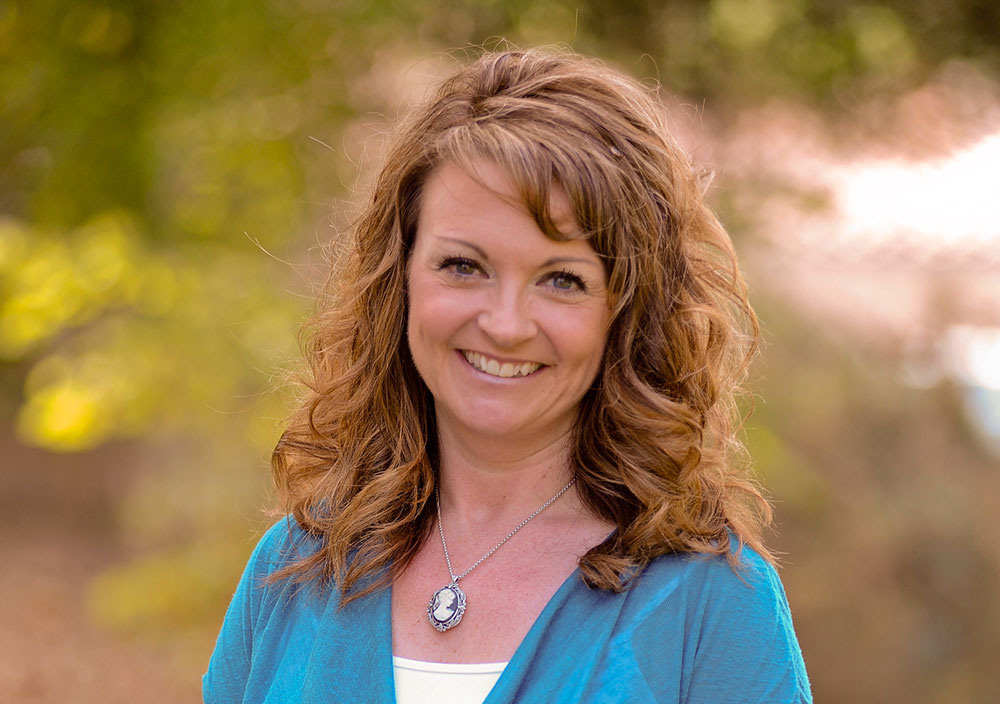Orwin Receives Grant for Corneal Tissue Research
January 14, 2015
Harvey Mudd College Professor of Engineering and department Chair Elizabeth Orwin ’95 has been awarded a grant from the National Institutes of Health for an ongoing research project aimed at helping those with corneal disease see better.
Titled “Controlling Cell Phenotype in a Tissue-Engineered Corneal Model,” the research seeks to create viable, transparent corneal tissue that can serve as replacement tissue for diseased or damaged human corneas. The Orwin lab is attempting to rehabilitate damaged rabbit corneal fibroblasts—responsible for wound healing in damaged optical tissue—and eventually create a tissue-engineered corneal replacement to supplant donated organs in corneal transplants. Also, an artificially created transparent cornea would provide a model in which to study the effects of new ophthalmic drugs and laser treatments for vision correction.
The cornea is the protective window of the eye, providing 75 percent of the eye’s refractive power and transmitting 90 percent of blue and 98 percent of red light. Millions of people worldwide experience bilateral corneal blindness, and corneal transplants are currently the only treatment for restoring vision. Total corneal transplantation has a 90 percent success rate in patients with good prognoses, but almost no chance of success in patients with significant damage such as alkali burns or recurrent graft failures. This is where Orwin’s research comes in.
The Orwin lab is taking an innovative engineering-inspired approach to investigate this biological problem, looking at the cell as a system and analyzing its response to individual signals and signal combinations in order to more effectively design a tissue-engineered cornea.
“The overall goal of this project is to understand and control the relationship between corneal cell behavior and transparency in a tissue-engineered corneal construct,” says Orwin. “Our previous work has demonstrated the ability to alter cell behavior in response to input signals. In order to move toward our ultimate goal of creating a three-dimensional model, we need to understand the most important factors or combinations of factors that contribute to a transparent cell phenotype.”
Orwin, whose background is in biomedical engineering—specifically in tissue engineering and mechanical analysis of soft tissues—began the cornea project during her PhD thesis at University of Minnesota and continued the project after accepting a faculty position at Harvey Mudd in 2001. Working over the past 13 years with student teams as well as Harvey Mudd Professor of Physics Richard Haskell and James Madison University Associate Professor of Biology Marta Bechtel (both co-principal investigators on the grant), the Orwin lab has expanded its analytical capabilities and made significant progress in the production of scaffolds for tissue engineering, cell culture, analysis of protein expression and the design and manufacturing of devices to support its work. Their studies will lead to a better understanding of the role of biomimicry in the design and implementation of tissue-engineered systems, and the research will contribute to the understanding of wound healing in fibroblastic cells.
“The shortcomings of corneal transplantation include significant immune rejection rates, the possibility of infections and donor shortages,” says Orwin. “A tissue-engineered corneal replacement could provide significant benefits as an alternative to donated corneas.”
